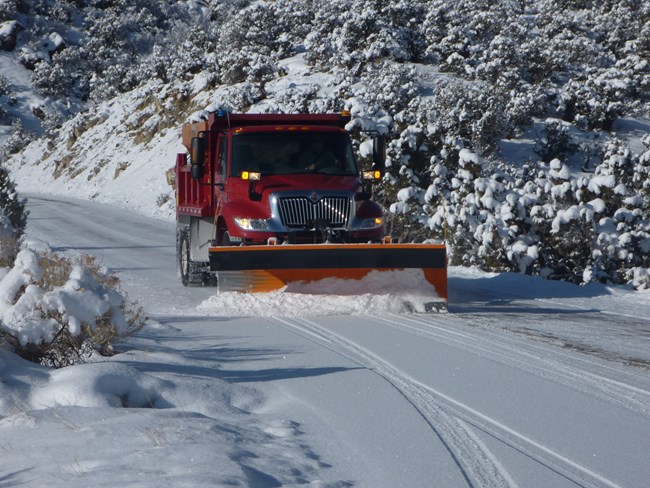Tips for Commercial Snow Plowing Safe Practice

Snow removal companies depend on their plow drivers to be efficient and quick in clearing commercial properties. Customers and employees are unable to access a commercial property when there is a delay in plowing the parking lot or driveway remains. The snow removal companies miss potential opportunities due to less productivity. Moreover, they make a bad impression on the minds of their customers.
Snow plowing is a seasonal business that needs minimal investment. Private Snow removal contractors need a large truck and a heavy-duty commercial snow plow to start a business.
Hiniker offers 2000 series snowplow for professionals. It is heavily reinforced for durability and strength. It offers hydraulic scissor lift, which reduces the bang and bounces during transport. For more details visit their website snowplows.hiniker.com/truck-plows/heavy-duty-full-trip-steel-plows/2000-series/.
Commercial snowplow safe practice
Advance planning
Before the first snowfall, visit every area that will be plowed to develop a plan for quickly and safely clearing the area. Look for speed bumps, bumper stops, sidewalk edges, curbs, drains, shrubs, signs, and fire hydrants.

Sketch a clear and detailed diagram, so that anyone from the team can refer to it while plowing. Detailed photos and information allow backup [in case of equipment failure or illness] to finish the task quickly and smoothly.
Discuss with customers about snow piling spot. While determining a spot for snow piling consider the –
- Streets & sidewalks
- Fire protection
- Customer entrances
- Property lines
- Water drains
- Wind direction
Plowing tips
- Always wear a seatbelt and never stick your head out of the window. Unseen obstructions can make the truck stop suddenly causing personal injury.
- Start plowing during a storm to get an early start instead of allowing snow to hoard. Plowing during low-traffic reduces the number of pedestrians and cars in the lot.
- Clear the sidewalks first then plow the lot.
- Snow near the building needs to be pushed away from the walls first.
- Never rely on mirrors, when you reverse. Turn around to keep an eye on where you go.

- Plowing next to vehicles, curbs, and other obstruction needs extra caution.
- Never pile snow on building structure or vehicle or middle of the parking lot because snow may freeze solid, which will be hard to remove later.
- Snowbanks need to be pushed as far as possible to accommodate future snowfall.
- Never pile snow near dumpsters, electrical boxes, mailboxes, or water drains.
- The lights on the truck must be bright enough to get a clear view of the area you are plowing.
- Have a backup alarm, so that other vehicles know your truck is in a reverse mode.
- Use snow blowers carefully around buildings and parked cars to avoid damages.

 What Happens After Your Security Alarm Goes Off?
What Happens After Your Security Alarm Goes Off?  How Make-Good Services Ensure Smooth Lease Transitions and Compliance
How Make-Good Services Ensure Smooth Lease Transitions and Compliance  The Shift from Concept to Real-World 3D Build Projects
The Shift from Concept to Real-World 3D Build Projects  Effortless Office Moves in Melbourne
Effortless Office Moves in Melbourne  SEBI’s Latest Regulations for Investment Advisory Services in India
SEBI’s Latest Regulations for Investment Advisory Services in India  Exploring the Most Effective Business Services for Entrepreneurs
Exploring the Most Effective Business Services for Entrepreneurs  The Evolution of Industry: From the Industrial Revolution to the Age of Automation
The Evolution of Industry: From the Industrial Revolution to the Age of Automation